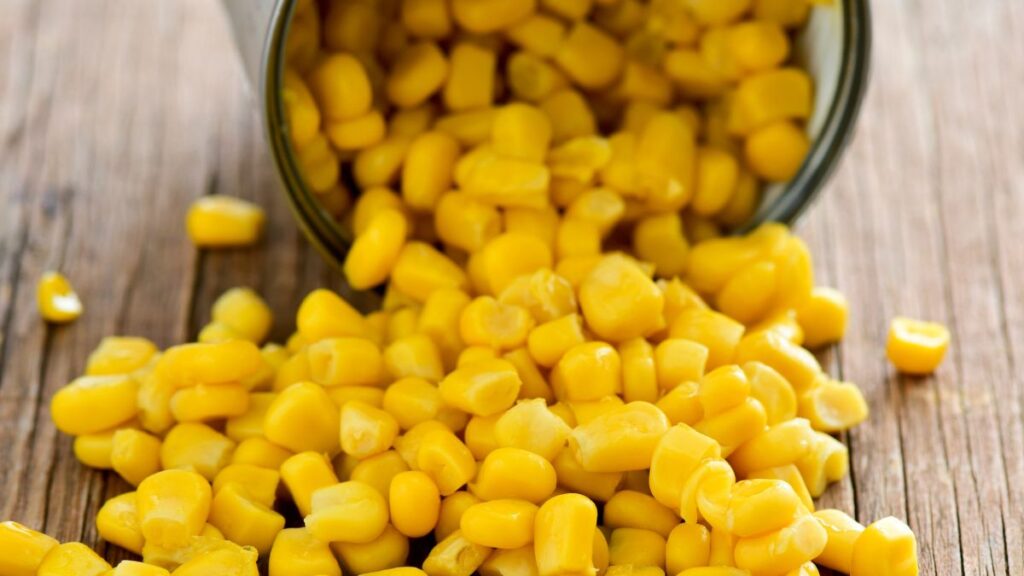15 Smart Cooking Hacks Frugal People Use to Save Money
Cooking at home is one of the easiest ways to save money, but some people take it to the next level by mastering frugal kitchen hacks. These clever tips help stretch ingredients, minimize waste, and make the most out of every grocery dollar. Whether you’re looking to save on your weekly food bill or reduce the amount of food you throw away, these hacks will help you cook smarter and save money.
From meal planning to creative ingredient substitutions, frugal cooks know how to get the most out of their kitchen. Let’s dive into 15 hacks that frugal people use to save big on cooking.
Meal Planning

Frugal people plan their meals in advance to avoid last-minute takeout or unnecessary grocery store trips. By planning for the week, they ensure they use up what’s already in their pantry and stick to a budget. It also helps them take advantage of weekly sales and coupons.
They typically create a shopping list based on their planned meals, reducing the temptation to buy impulsive items. Meal planning prevents food waste and ensures that every ingredient serves a purpose. It’s one of the simplest yet most effective ways to save money in the kitchen.
Batch Cooking

Batch cooking involves making large portions of meals and freezing them for later use. Frugal people often prepare big batches of soups, stews, and casseroles to freeze for busy days. This saves both time and money, as buying ingredients in bulk is cheaper and reduces the need for daily cooking.
Batch cooking also reduces food waste since all the ingredients get used up at once. Plus, having pre-made meals on hand means there’s less temptation to order expensive takeout. It’s a great way to eat homemade meals without the daily hassle.
Using Leftovers Creatively

Frugal cooks never let leftovers go to waste. They find creative ways to repurpose them into new dishes, such as turning leftover roast chicken into chicken salad or using leftover rice for fried rice.
This prevents food from being thrown away and gives ingredients a second life. For example, leftover vegetables can be added to a soup, and stale bread can be transformed into breadcrumbs or croutons. By reimagining leftovers, frugal people stretch their meals and save money. It’s all about making the most of what you already have.
Growing Your Own Herbs

Buying fresh herbs from the grocery store can be pricey, so frugal people often grow their own. Herb gardens can be as simple as a few pots on a windowsill, and they provide a constant supply of fresh herbs like basil, cilantro, and parsley.
Growing your own herbs cuts down on the cost of buying small, expensive herb bundles at the store. Plus, herbs like mint, rosemary, and thyme grow easily and can thrive even in small spaces. This small investment in a home garden can lead to big savings over time.
Cooking from Scratch

Frugal people avoid pre-packaged or processed foods and instead cook from scratch. While convenience foods are quicker, they’re often more expensive and less healthy. Cooking from scratch allows them to control the ingredients, which leads to savings and healthier meals.
Making items like bread, sauces, and dressings at home can be far more economical than buying pre-made versions. Frugal cooks also find that homemade meals taste better and are more satisfying. It may take a little more time, but the cost savings make it worth the effort.
Buying in Bulk

Buying ingredients in bulk is a key money-saving strategy for frugal people. Items like rice, beans, pasta, and flour are cheaper when purchased in larger quantities, and they have a long shelf life.
Frugal shoppers often visit bulk food stores or use membership clubs to get the best deals. By storing bulk items properly, they can avoid spoilage and always have essential ingredients on hand. This also means fewer trips to the grocery store, which cuts down on impulse buys and transportation costs.
Using a Slow Cooker

Slow cookers are a frugal cook’s best friend because they allow for cheaper cuts of meat to become tender and flavorful over time. Slow-cooked meals also use less energy than traditional ovens, saving money on utility bills.
Frugal people often use slow cookers for soups, stews, and braises, which can stretch a small amount of meat or vegetables into multiple meals. This method of cooking is both cost-effective and convenient. Plus, slow cookers allow for easy meal prep with minimal hands-on time.
Making Homemade Broth

Instead of buying expensive store-bought broths, frugal people make their own using leftover bones and vegetable scraps. Homemade broth is not only cheaper but also more flavorful and nutritious.
By simmering chicken or beef bones with veggie scraps like carrot tops, onion skins, and celery ends, they create a rich, flavorful base for soups and stews. It’s a great way to reduce food waste while saving money on an essential ingredient. Homemade broth can be frozen in batches for future use, making it both convenient and economical.
Shopping Seasonal Produce

Frugal cooks focus on buying fruits and vegetables that are in season because they’re fresher and cheaper. Seasonal produce is often available at lower prices due to local abundance, and it also tastes better.
For example, strawberries are more affordable in the summer, while squash is cheaper in the fall. Frugal people plan their meals around what’s in season, ensuring they get the best deals and highest quality ingredients. Shopping seasonally not only saves money but also supports local farmers and reduces the environmental impact of food transportation.
Avoiding Food Waste

Frugal people are experts at minimizing food waste. They store ingredients properly, freeze items before they spoil, and use every part of the food they buy. For example, they save vegetable peels for making broth or use overripe fruit in smoothies and baking.
They also make sure to rotate items in the pantry and fridge to use older ingredients before buying new ones. By making the most out of every ingredient, they reduce waste and save money. It’s an environmentally friendly and budget-conscious approach to cooking.
Using Cheap Protein Sources

Frugal cooks often rely on inexpensive protein sources like beans, lentils, and eggs to save on meat costs. These ingredients are not only affordable but also nutritious and versatile. Beans and lentils can be used in soups, stews, salads, and even veggie burgers, while eggs are a quick and protein-packed meal option.
By incorporating more plant-based proteins into their meals, frugal people can stretch their budget further without sacrificing nutrition. These protein sources also have a long shelf life, making them even more cost-effective.
Preserving Food

Canning, pickling, and freezing are common practices among frugal people to preserve food when it’s in season or on sale. Preserving food allows them to take advantage of bulk deals and seasonal produce without worrying about spoilage.
For example, they might can tomatoes during the summer to use in sauces throughout the winter or freeze fruit for smoothies and baking. These methods extend the life of fresh ingredients and reduce waste. Plus, preserved foods are convenient and can be used in a variety of dishes throughout the year.
Investing in Reusable Kitchen Tools

Frugal cooks often invest in reusable kitchen tools like silicone baking mats, beeswax wraps, and glass storage containers. These tools reduce the need for disposable items like parchment paper, plastic wrap, and single-use containers.
While the initial cost may be higher, reusable tools save money in the long run and reduce waste. For example, reusable baking mats can be used hundreds of times, cutting down on the need for parchment paper. Frugal people are always looking for ways to make their kitchens more sustainable and cost-effective.
Cooking One-Pot Meals

One-pot meals are a frugal favorite because they save both time and money. By cooking everything in one pot, frugal people can reduce the number of ingredients they need and simplify the cooking process. Dishes like casseroles, stir-fries, and soups are perfect for using up leftovers and stretching ingredients.
These meals are also easy to prepare in large batches, making them ideal for meal prep and freezing. One-pot meals minimize cleanup and are a great way to create satisfying, budget-friendly dishes.
Making Your Own Snacks

Instead of buying pre-packaged snacks, frugal people make their own at home. Homemade granola, popcorn, and energy bars are cheaper and healthier than store-bought versions. Making snacks at home allows for control over ingredients and portion sizes, reducing costs and ensuring a better quality product.
Frugal cooks often make large batches of snacks to store for the week, ensuring they always have something on hand. This eliminates the need to buy expensive packaged snacks, saving money while providing healthier options.
15 Places Where You’re Expected to Tip—But You Really Don’t Have To

Tipping has become a widespread practice in many industries, with the expectation that you’ll leave a little extra for good service. However, not every situation truly warrants a tip, even if you feel pressured to give one.
15 Places Where You’re Expected to Tip—But You Really Don’t Have To
15 Most Annoying Habits of American Tourists When Dining Abroad

Traveling abroad is an exciting adventure, and dining in new places is a big part of the experience. However, some common behaviors by American tourists can be frustrating for locals and affect the dining experience.
15 Most Annoying Habits of American Tourists When Dining Abroad







